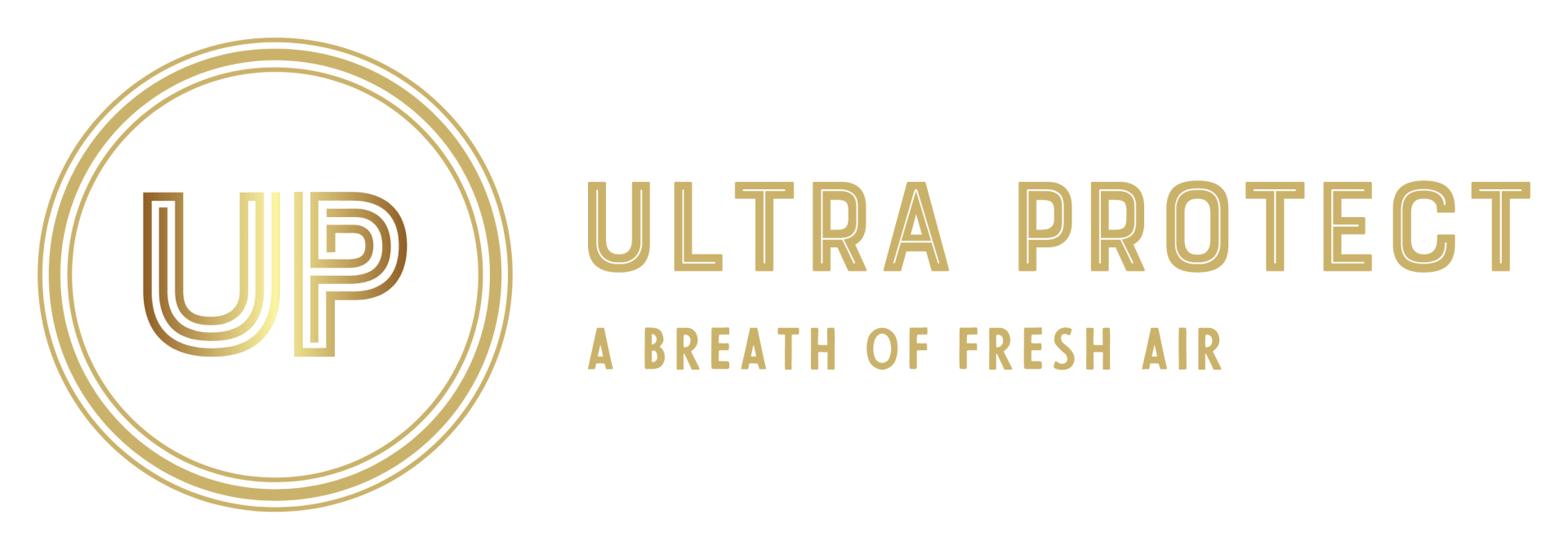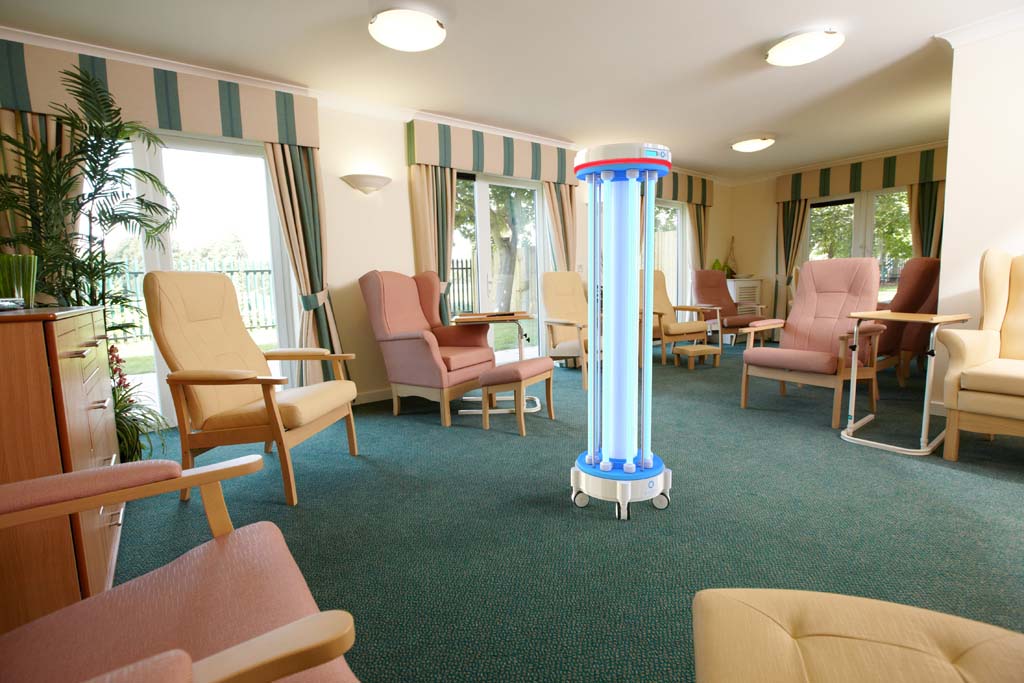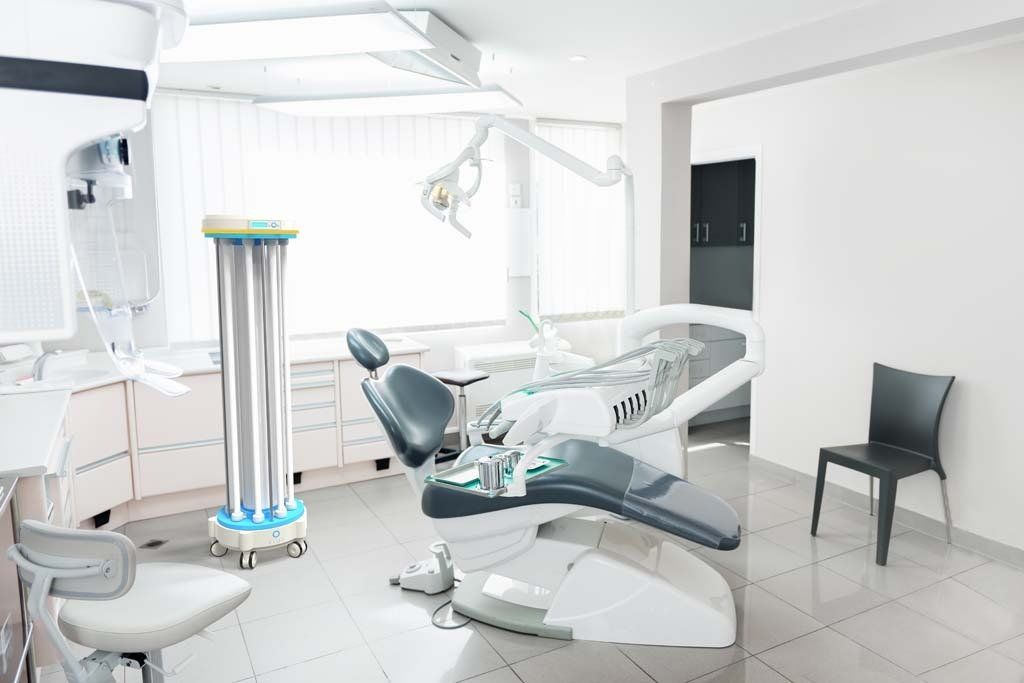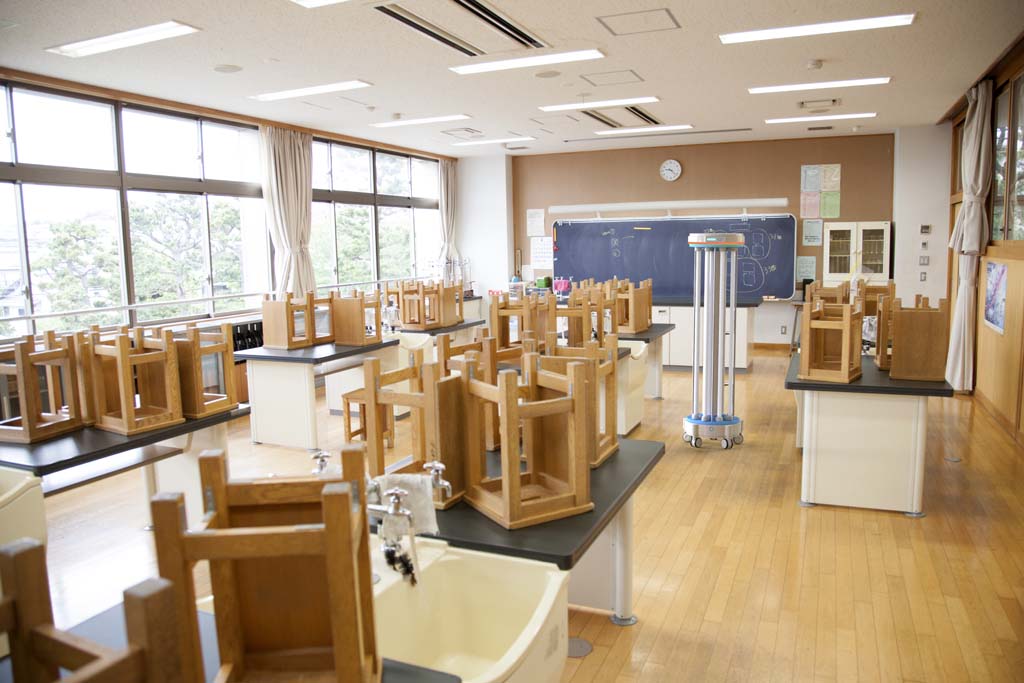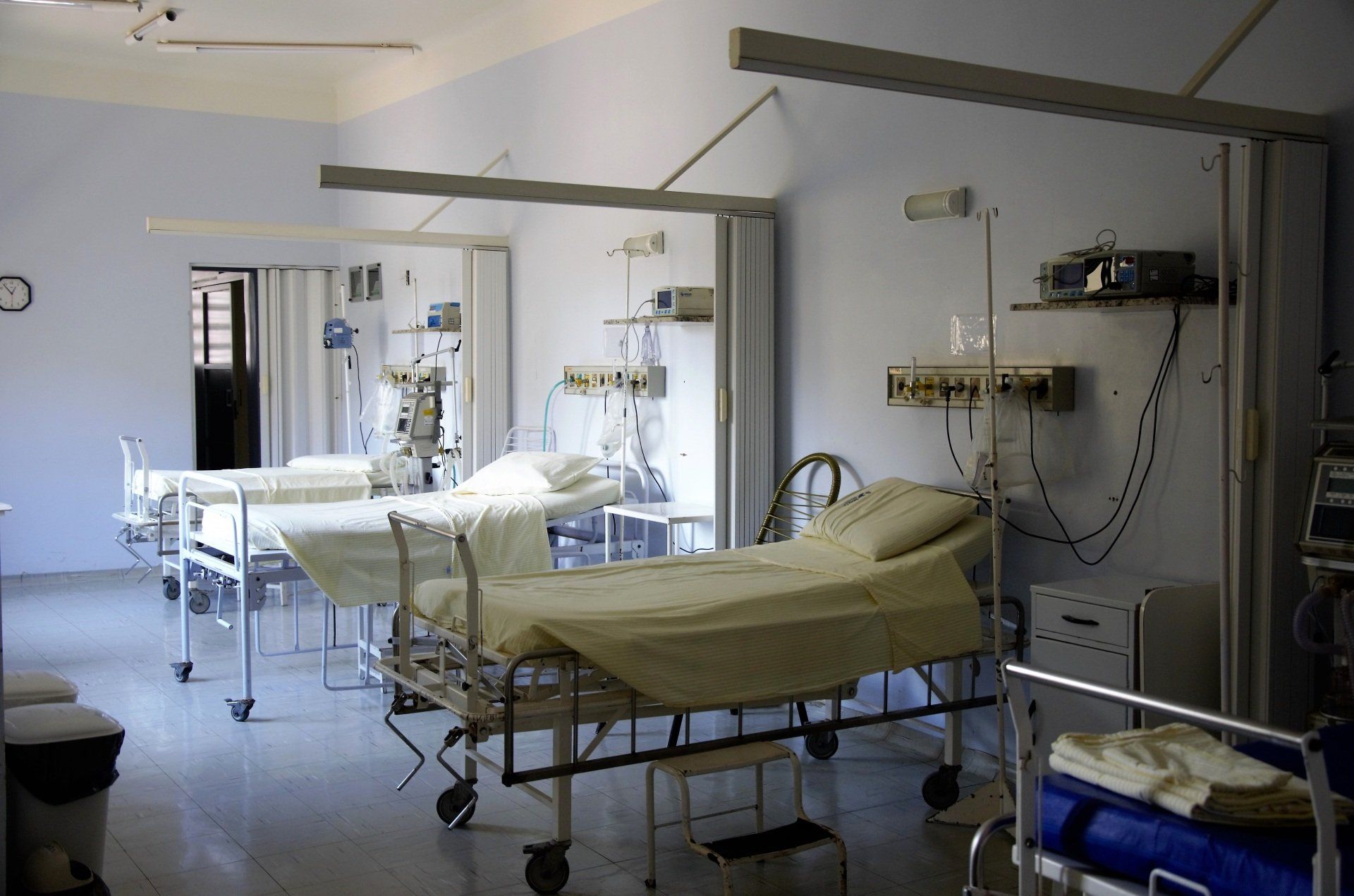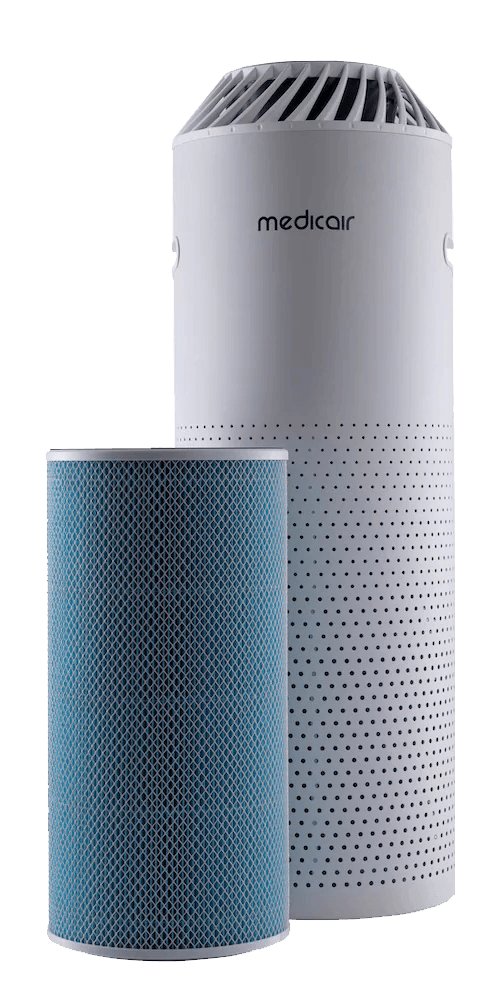Surface Solutions
Keeping Surfaces Safe
Surface Sanitisation
Unseen pathogens such as viruses, bacteria and fungi coat the surfaces we touch every day such as office furniture, door handles, dining tables, kettles, coffee machines, sinks, worktops, in hotels, gymnasium equipment, on buses, trains, taxi’s and especially in care homes and our NHS such as hospital bed curtains.
The objective of sanitising surfaces is to kill those bacteria or viruses that are present, however, sanitising procedures must be evaluated for adequacy through evaluation and inspection procedures.
Cleaning teams, however dedicated, can only hope to sanitise a fraction of the surfaces we touch every day. Gym equipment is a classic example of an area that is difficult if not impossible to effectively sanitise by standard cleaning equipment.
The recent pandemic has created new expectations for indoor hygiene. Consumers and employees now expect and demand high standards of cleanliness, in particular microbial cleanliness.
How germs spread from surfaces
Many of us have become obsessed with the world of microorganisms during the COVID-19 pandemic. We are wary of door handles, push plates and lift buttons in public spaces.
And we have good reason to be as scientists have found that many potentially infectious bacteria, viruses, yeasts and moulds can survive on surfaces for a considerable amount of time - days.
Microorganisms are all around and on us, but we rarely see them unless we grow them in large enough numbers.
We know that diseases often spread by direct contact with other people.
For a pathogen (disease-causing microorganism), finding a way out of an infected person is easy enough via sniffles, sneezes and coughs. But to make you sick, a pathogen needs to find its way into you in sufficient numbers to survive the initial assault of your immune system, and then they multiply.
Surfaces add a new layer of difficulty
A pathogen must land on a surface and be able to survive on it until you touch it. After that, it still has to make it from the touch point to whatever area of the body the pathogen targets before it can thrive.
Some pathogens are better suited for surface transmission. The fungus that causes athlete’s foot, tinea, survives on warm, moist surfaces like showers. In the right conditions, some microorganisms even form hard-to-remove biofilms.
Other pathogens aren’t as suited to this pathway. Since they are dependent on a host, virus survival on surfaces is limited but is real. On their own, virus numbers do not normally increase on a surface but can stay active for days.
A study published in February 2020 in the Journal of Hospital Infection entitled Persistence of coronaviruses on inanimate surfaces and their inactivation with biocidal agents, concluded that human coronaviruses can remain infectious on surfaces, outside the body, at room temperature for up to nine days and also mentions that animal coronaviruses can remain viable for up to 28 days.
For human coronaviruses, there is a link between surfaces and infection and scientists urge us to remain cautious and maintain good hygiene at all times.
VIOA Tower
Mobile UVC Light Cleaning
Proven Results
VIOA products utilise high energy UVC light which is proven to kill a broad spectrum of pathogens, including bacteria and viruses providing a reduction of up to 99.99%. Designed and engineered in the UK, VIOA products are robust, easy to transport and built for constant use.
Safe & Clean
With standard hand cleaning methods being insufficient, VIOA products will reach all exposed surfaces and air for disinfection. With 360-degree coverage, commercial and customer facing environments are cleaned rapidly.
Quick & Chemical Free
VIOA will sanitise a typical office space in a few minutes without the need for chemicals, leaving no residues that could be harmful to health or damage delicate equipment.
With the dramatic increase in the need to disinfect any areas occupied by staff and customers, VIOA delivers big on hygiene, speed and safety.
Surface contamination is a serious issue in healthcare settings
where lots of people carrying all sorts of germs gather. The cross-infection rate within our NHS Hospital accounts for 24% of our patients staying in our hospital beds – which is an enormous drain on their resources.
A recent review of the scientific literature found that the severe acute respiratory syndrome coronavirus 2 (SARS-CoV-2), which causes COVID-19, can survive on different surfaces for different amounts of time.
When it comes to surface transmission, non-porous surfaces that we touch often but rarely clean remain a concern. You are likely to be aware of door handles, elevator buttons and other surfaces in high-traffic areas touched by multiple strangers.
One of the most common questions people are asking me these days is: How long do infectious viruses and bacteria live on surfaces? Like everything in life, the viability of a virus or bacteria is a function of molecular structure.
But viruses are not really “alive” because they cannot reproduce by themselves. So instead of asking how long a virus or a bacterium can live on a surface, we should be asking how long they remain infectious.
According to the Environmental Protection Agency (EPA), we spend 93% of their life indoors—87% of our life within a building, then another 6% within our vehicles. That’s only 7% of your entire life spent outdoors—or only one half of one day per week in the fresh air.
The best reference for this statistic appears to be The National Human Activity Pattern Survey (NHAPS) published in 2001. From the data in this study and others available to us, we can conclude that we are basically an indoor species.
People often think that the reason we get colds and flu more often in the winter is that it’s cold out. This is actually false. We get colds and flu more often in the winter because we are generally indoors, where the humidity is lower, and we are exposed to higher concentrations of airborne pollutants, including cold and flu viruses.
The potential for transmission of bacteria or viruses by indirect contact (i.e. via fomites) is linked to their ability to survive on commonly touched surfaces. However, although there have been studies, big gaps remain in knowledge, evidence, and data on this subject.
So, what’s a fomite? A fomite is any inanimate object that may be contaminated with infectious agents and serve in their transmission and spread of disease. These inanimate objects carry germs that cause infection. And yet, many people have never heard of this word, nor do they know themselves about the very objects—the cutting boards, kitchen sponges, toothbrushes, cups, etc—the ordinary devices of modern life that, when exposed to bacteria and viruses, increase the risk of serious infection for many individuals.
Bacteria and viruses can remain infectious for a surprisingly long time on almost anywhere you may touch—countertops, door handles, light switches, toys, computers, even inside refrigerators and freezers.
Keeping Surfaces Clean and Safe
Microbial Surface Sanitisation
COVID-19 has created much higher expectations for hygiene and cleanliness in indoor environments. Employees and customers now expect very high standards of cleanliness in the environments they operate in. A dirty environment can result in lower productivity, sales and have an negative impact on reputation
Vitec Microgenix products and services have been designed to allow organisations to exceed hygiene expectations cost-effectively and with minimal disruption to your business.

Keeping You Safe
Contaminating a fomite surface
A surface or object can be initially contaminated by the depositing of bacteria or virus particles from the air, such as through coughing, sneezing, talking, breathing, vomiting, diarrhoea incidents, toilet flushing, and hand touching.
Many studies exist on pathogen transfer between hands and surfaces. A study in 2000 showed that a hand contaminated with certain viruses can contaminate up to seven other surfaces.
We Specialise in Air Quality Assessments
Air quality testing is important to help ensure your buildings safety and compliance to the latest legal requirements.
Mechanism of fomite spread
Although the initial contamination process appears straightforward, there is limited information about how surface contamination is transmitted by human touch. When we touch an object, we transfer bacteria or viruses to a surface or accumulate more bacteria or viruses on our hands. A contaminated surface can be touched by a number of people, and each of these individuals subsequently touch other surfaces as they move around. Each of these now contaminated surfaces can be touched again by other people, and so the touching sequence progresses.
The major physical processes involved in the fomite route include contamination of the initial surface, bacteria or virus survival on and transfer between the hand and surface during each subsequent touch, hand to mucous membrane transfer (eyes, nose, mouth), and finally exposure to a sufficient amount of a pathogen to establish an infection. This is called the “infectious dose.”
If a person were to be exposed to exactly one copy of a SARS-CoV-2 virus that causes COVID-19 or a single Bartonella species bacterium that causes emerging infectious diseases that include cat scratch disease, Carrion’s disease, and trench fever, it is unlikely they would become infected.
If the pathogen is in low levels in the area where you are exposed, you are less likely to be infected. But if the pathogen is available in large quantities, you are more likely to be infected.
We know that contaminated surfaces and objects can transmit disease agents, and that discarding contaminated objects, surface cleaning and disinfection, and handwashing with soap or hand sanitizer, can decrease the risk of infection.
Read more about how we can help to protect your organisation
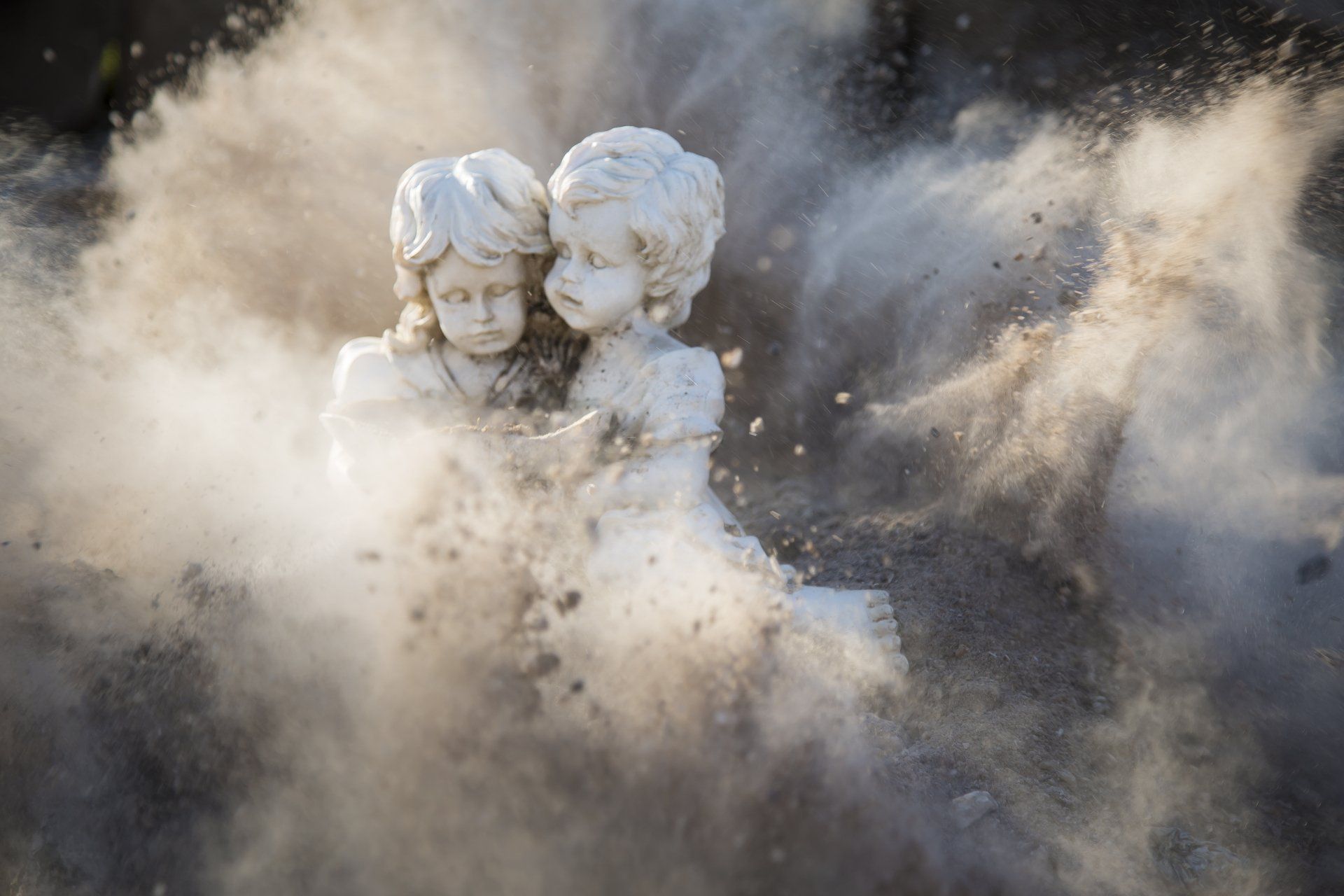
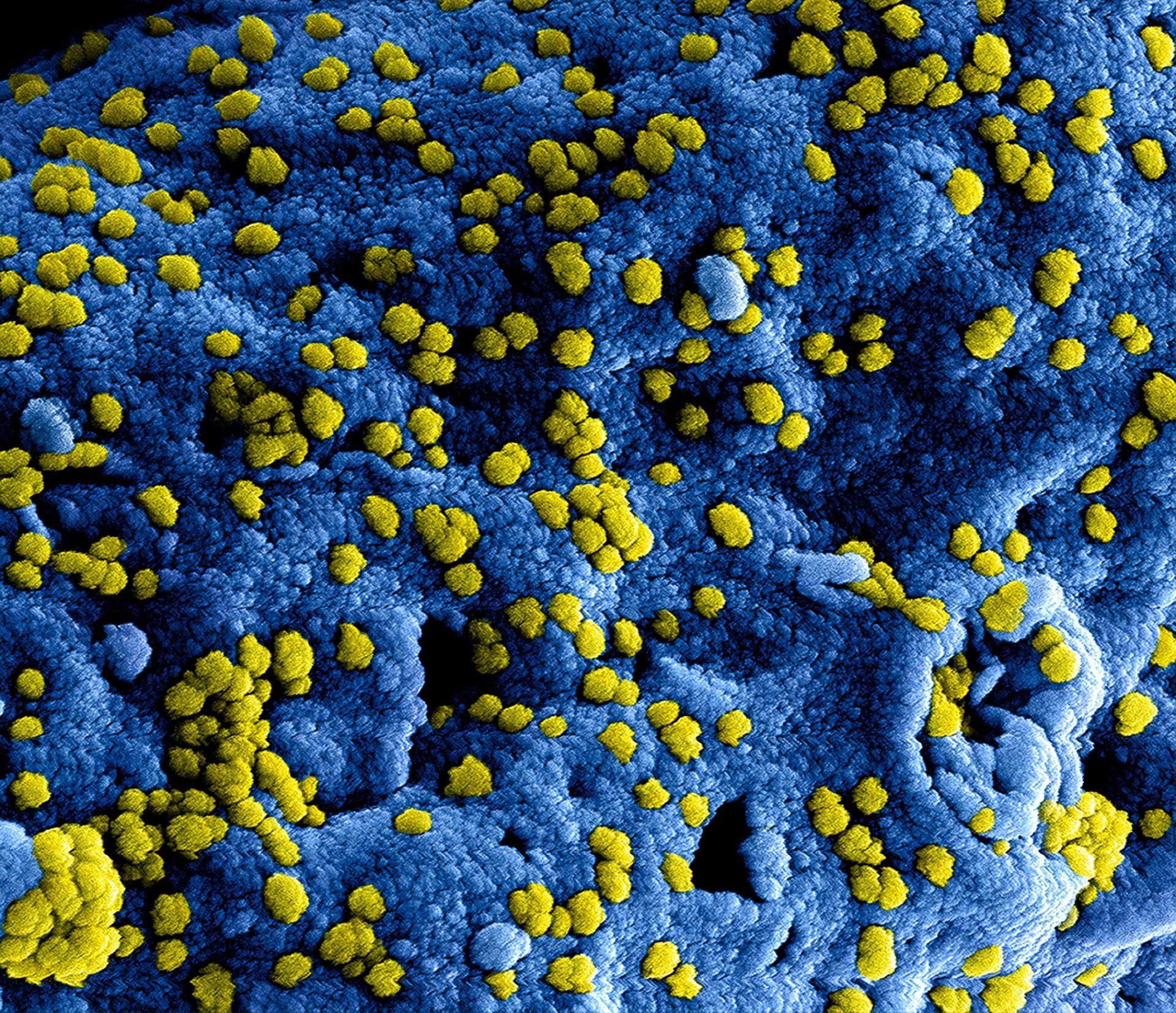

Call For Site Visit and Demonstration
We will attend your site, demonstrate and go through your options with you.
We will supply, install, train and maintain all Air Quality Products. Plus, We also provide a FULL SITE Air Quality Risk assessment that consider all Air Quality issues and causes.
